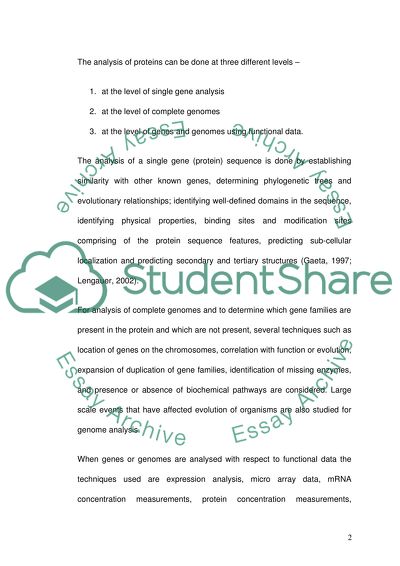Cite this document
(“Protein Families Coursework Example | Topics and Well Written Essays - 4000 words”, n.d.)
Protein Families Coursework Example | Topics and Well Written Essays - 4000 words. Retrieved from https://studentshare.org/science/1503968-protein-families
Protein Families Coursework Example | Topics and Well Written Essays - 4000 words. Retrieved from https://studentshare.org/science/1503968-protein-families
(Protein Families Coursework Example | Topics and Well Written Essays - 4000 Words)
Protein Families Coursework Example | Topics and Well Written Essays - 4000 Words. https://studentshare.org/science/1503968-protein-families.
Protein Families Coursework Example | Topics and Well Written Essays - 4000 Words. https://studentshare.org/science/1503968-protein-families.
“Protein Families Coursework Example | Topics and Well Written Essays - 4000 Words”, n.d. https://studentshare.org/science/1503968-protein-families.


